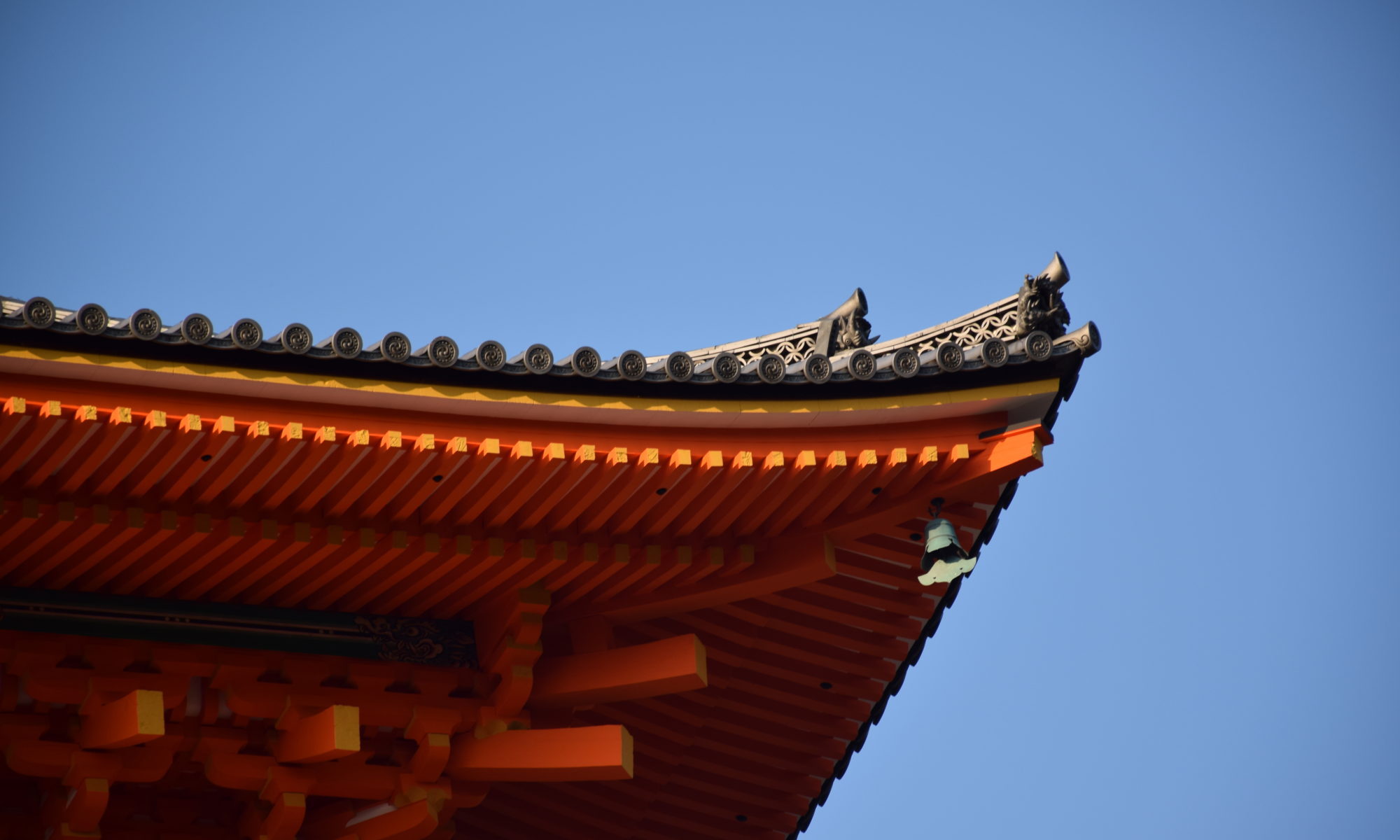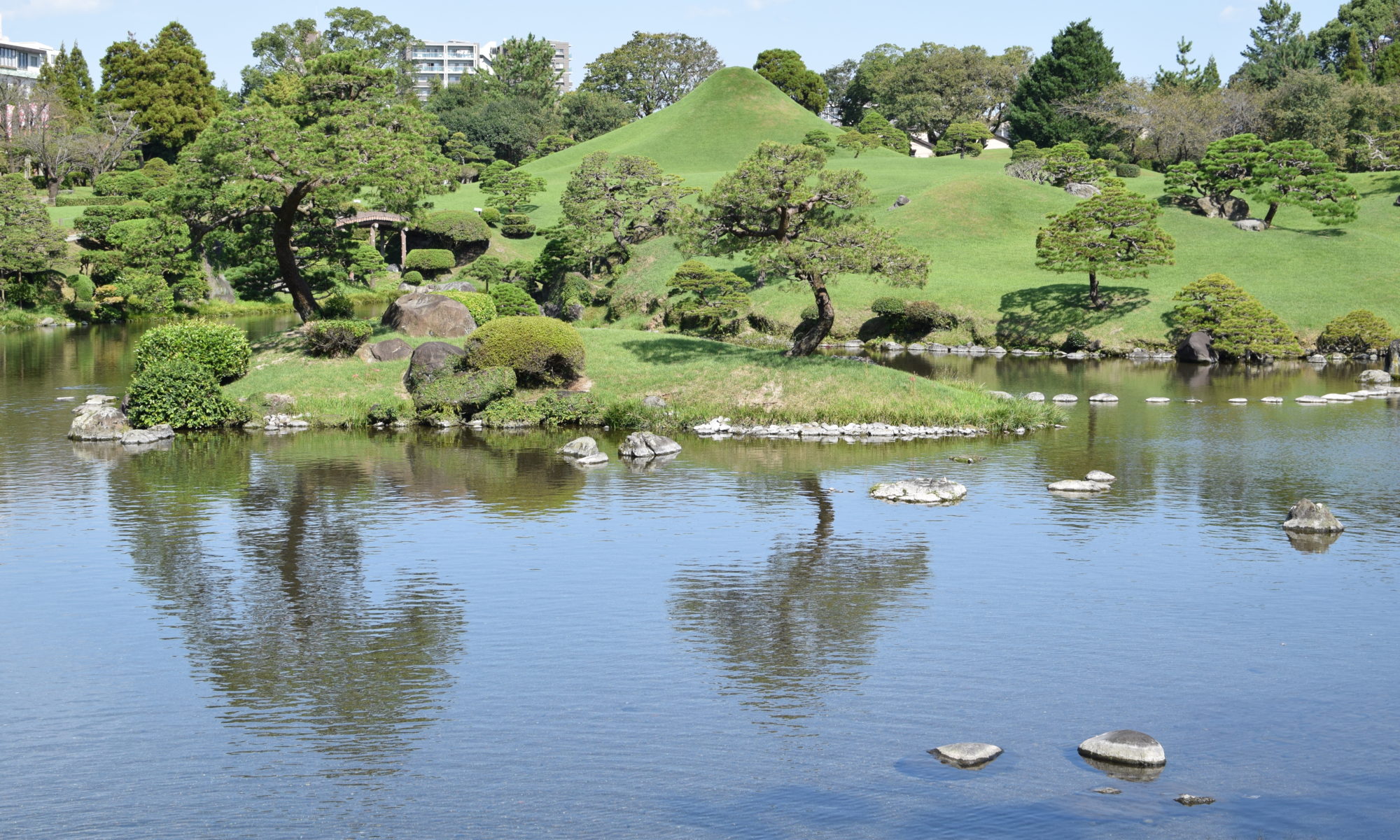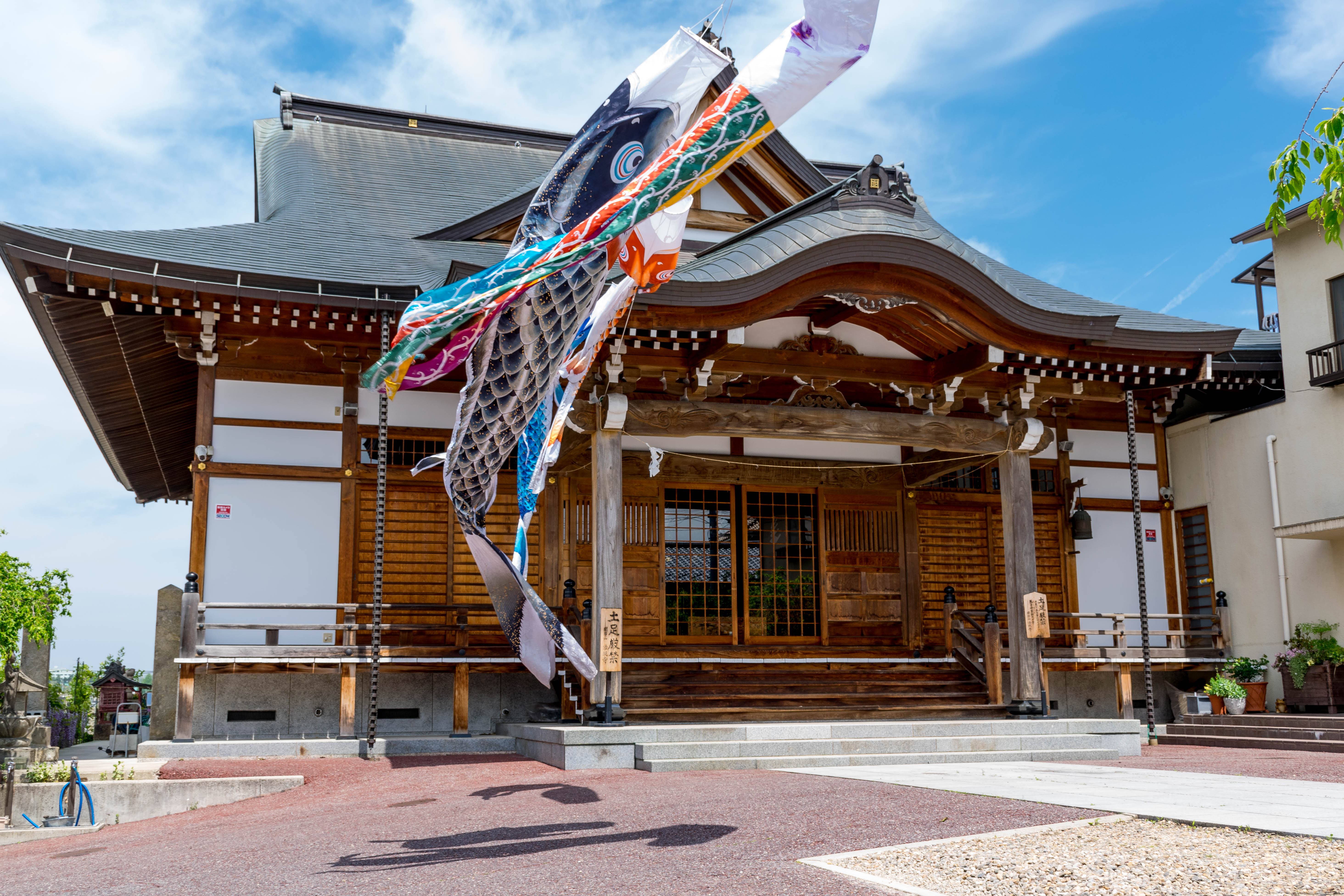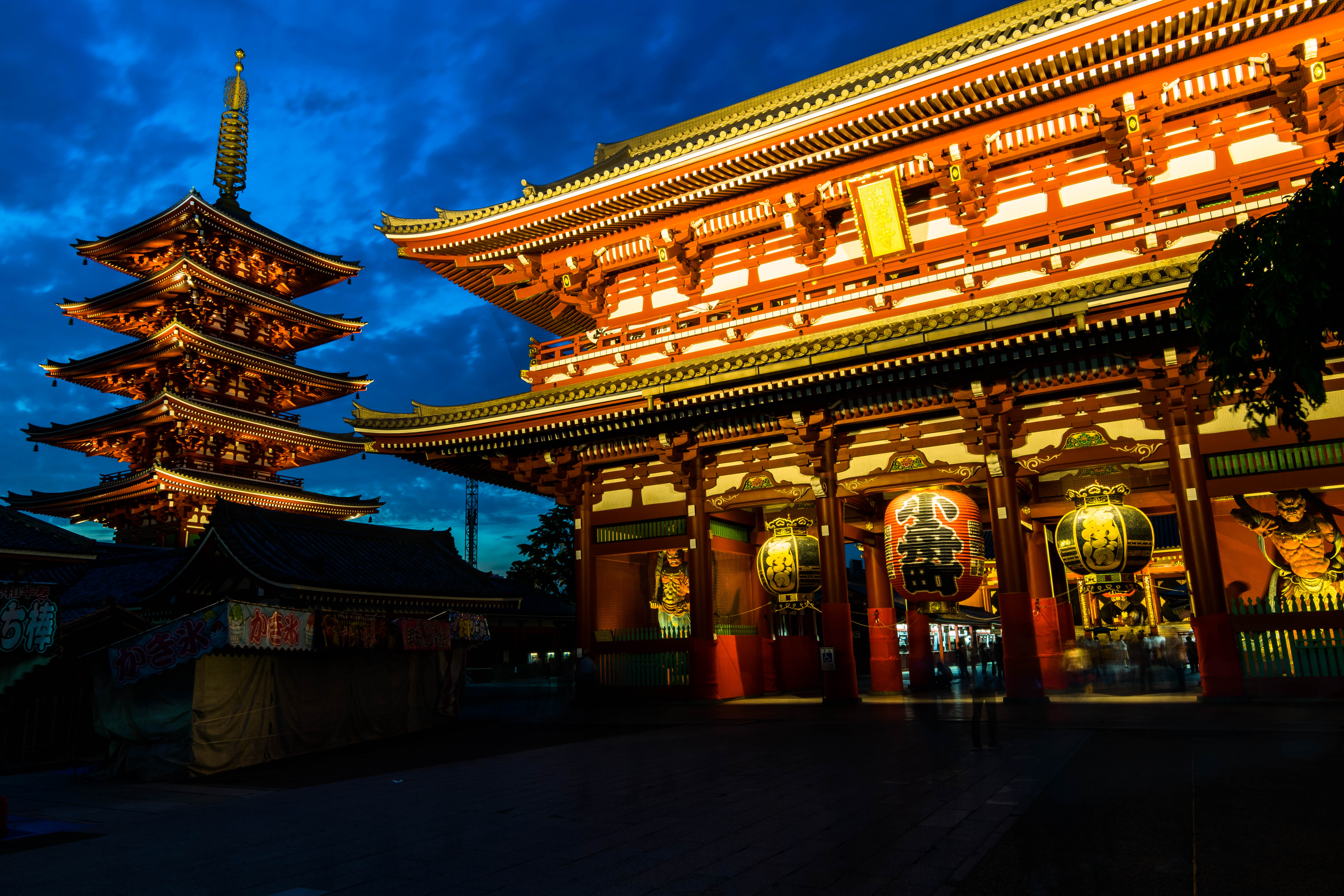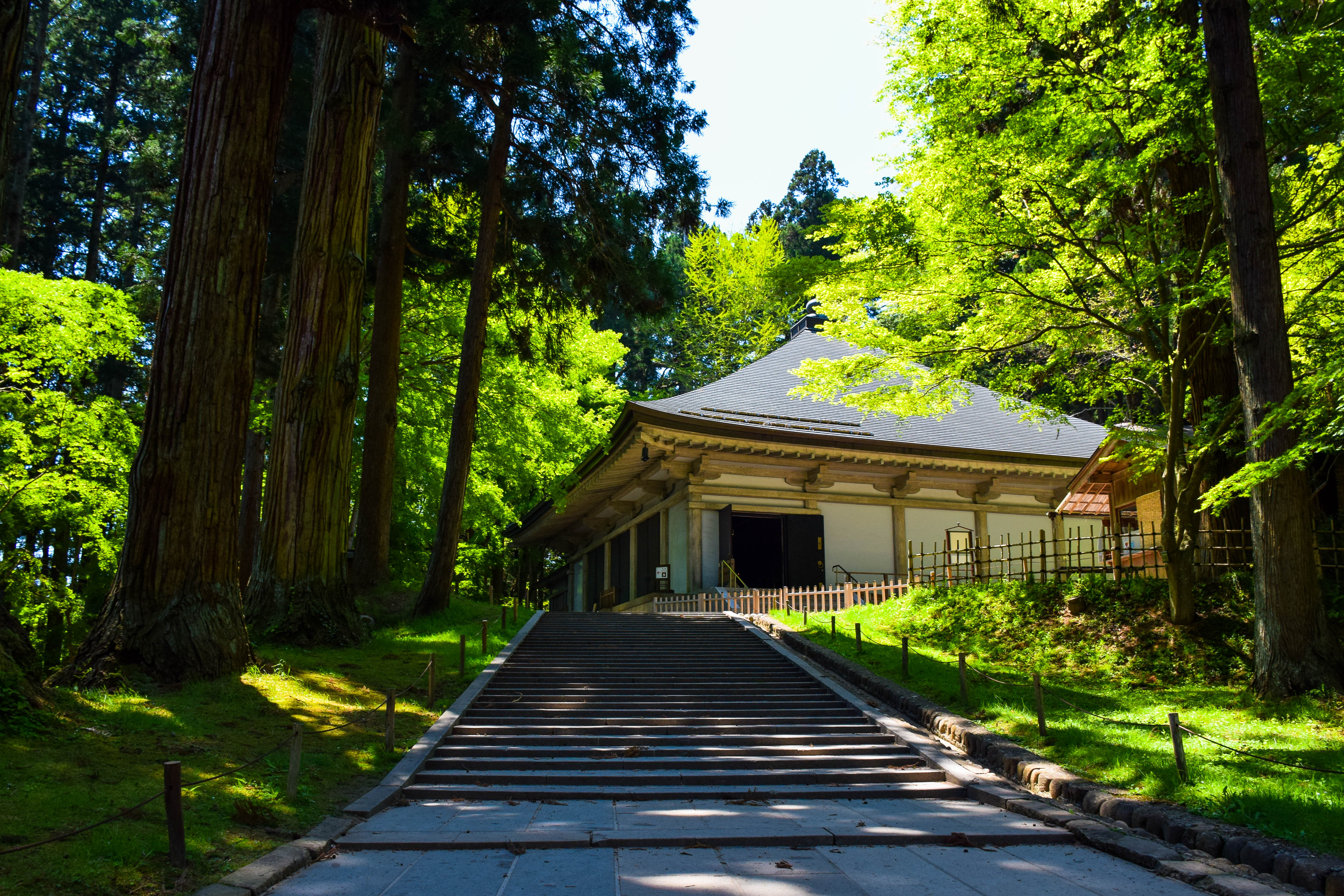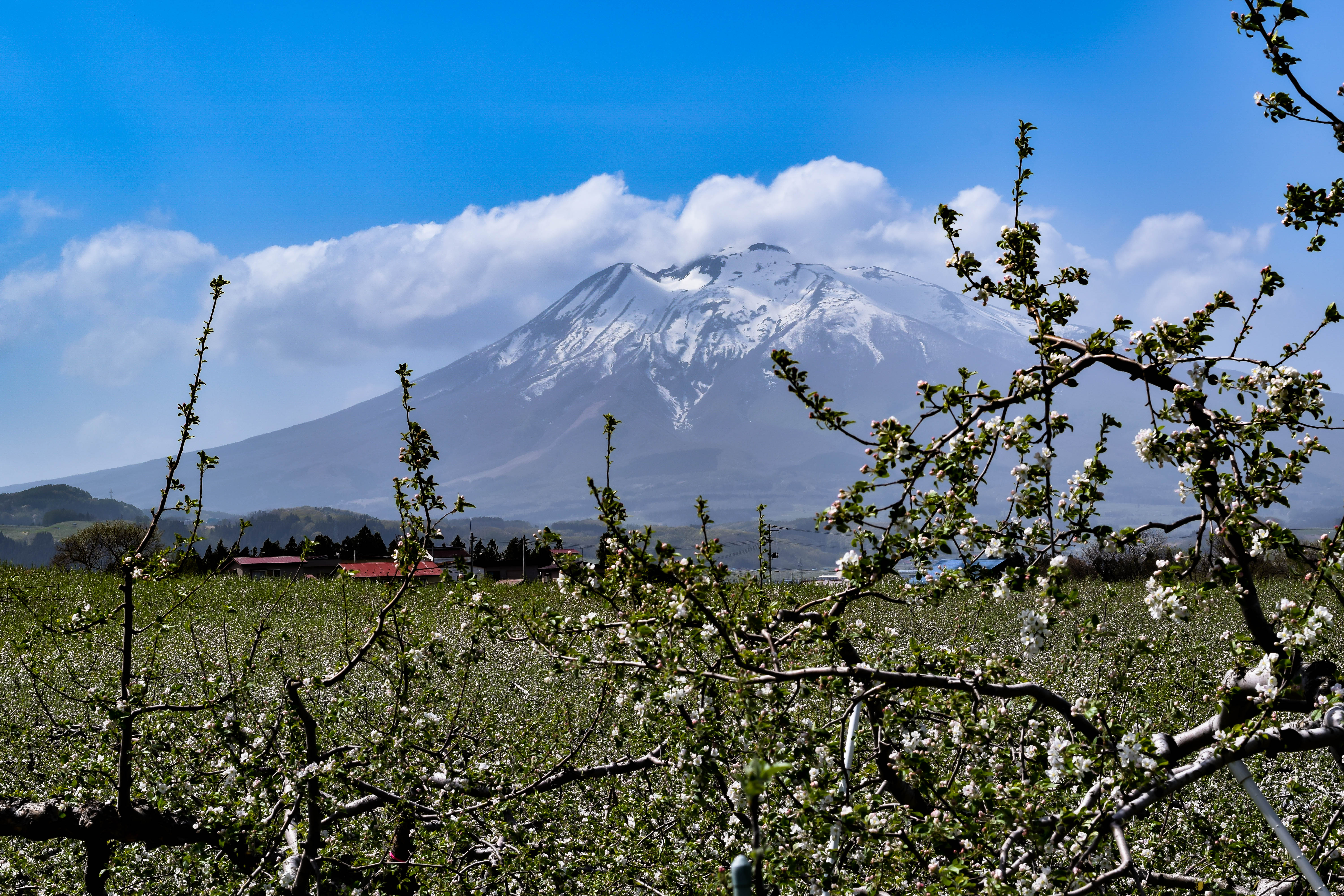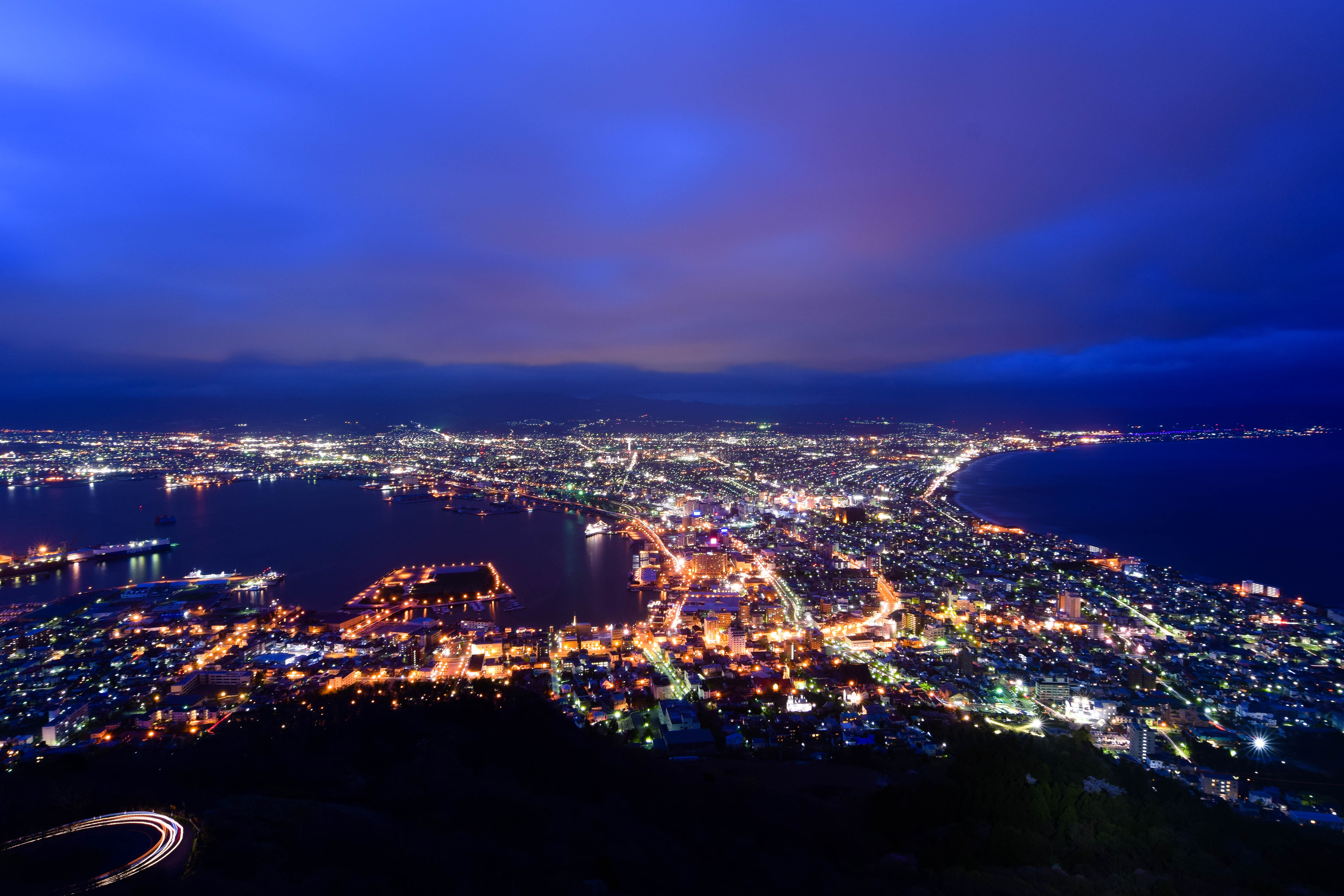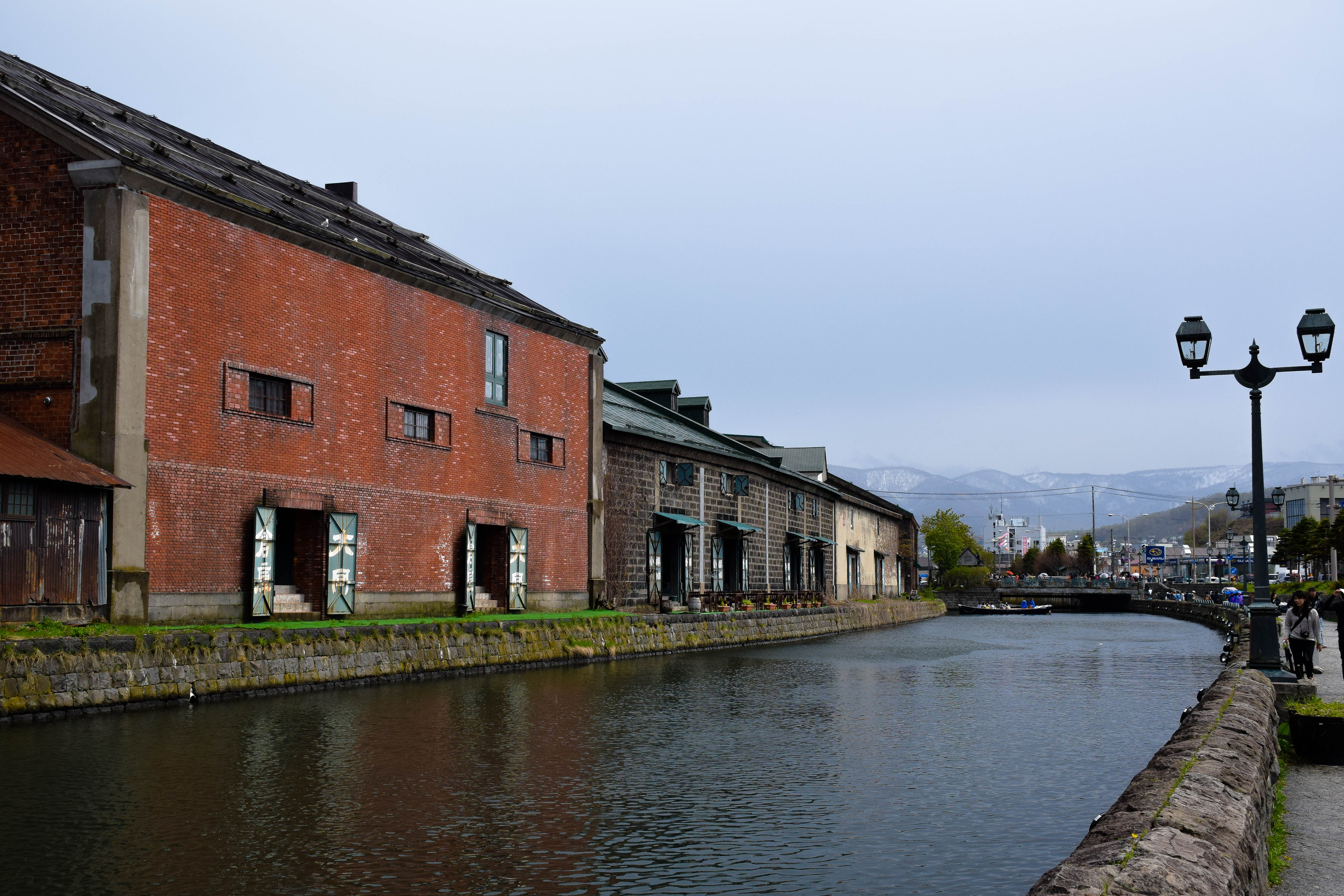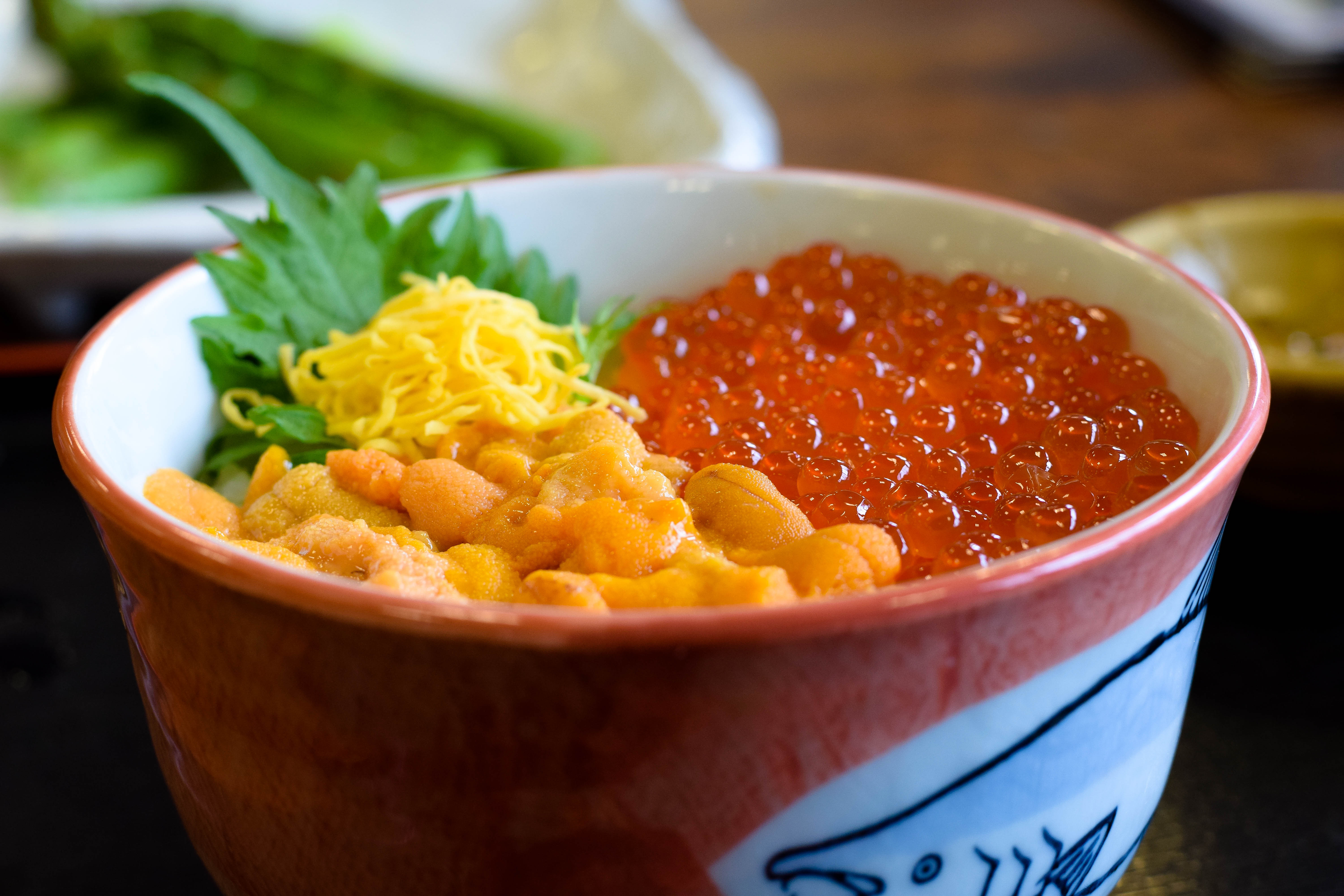Koriyama, Fukushima
Posted on
After a wonderful kaiseki lunch course, I set out to check out the local sites of Koriyama. Located in the center of Fukushima prefecture, it is accessible by shinkansen in a little over an hour from Tokyo. The city itself has many shopping centers and a large park called Kaiseizan-koen (more on that later). Though it is an urban area it is surrounded by mountains and a short 30 minute drive away is Lake Inawashiro.
I visited during Golden Week, a holiday week that lasts from late April to early May, so there were several koi-nobori flying for Children’s Day (May 5th). Also, during this time several beds of flowers were in bloom and a ramen festival was happening in Kaiseizan-koen. Flowers and food? How could my camera and I not check this place out?
I headed there by bus which is the main means of public transportation in Koriyama city. From the train station it is about 15 minutes by bus or if the weather is nice and don’t mind the walk, 40 minutes by foot.


In late April varieties of tulips color the park in pink, magenta, vibrant red and orange. The flowers at the park change based on the season. In early spring Kaiseizan-koen is a popular spot for cherry blossoms, boasting 1300 trees. I also read that in early summer it is known for its roses. All the more reason to go back and check out again at another time of the year.
On the western side of the park is a shrine overlooking the park called Kaiseizan Daijingu (not pictured). But I confused it with another famous shrine in Koriyama, Asakakunitsuko Shrine (below). So I was wondering why it was taking so long for my hosts to pick me up, when I realized I told them the wrong shrine.
I did make up for it the next day when I very much more deliberately went to the shrine I was intending too. (Not that Kaiseizan Daijingu isn’t beautiful, it is! So, please do intentionally go there if you are in Kaiseizan-koen. It’s not pictured only because at the hour I went it was backlit, so I couldn’t get a good shot of it without blowing out the sky.)


After staying at an onsen resort for the night, I took a bus back to central Koriyama and walked to Asakakunitsuko Shrine. Yes, it’s a mouthful to say, but luckily it’s easy to access by foot from the station if that makes up for it. Nestled between shopping streets is a quiet grove of trees surrounding the several shrine buildings on the premises. The shrine was built for the god of agriculture and commerce, making it fitting for Koriyama’s main industries.
I went through and got a few pictures in the morning light before buses dropping off families for a traditional Japanese wedding came in. Respecting their privacy I left to explore the city some more. I didn’t have a clear next destination in mind, but I figured if I just wandered a little bit, I was sure to find something special. Something pulled me north almost in a straight line. After a half hour or so I found a Buddhist temple with reflective glass doors and koi-nobori flying in front.


This temple is Hogenji. It was quiet, almost like it was deserted. I didn’t see anyone on the temple grounds and the only thing I heard was the whipping of the large koi-nobori flailing in the wind. I approached the glass doors which were completely reflective. I have never really seen anything this modern at a temple before. Adjacent to the main building is a cemetery that it services. I quietly took it all in, being respectful of this place of worship and headed to my next destination.
I went back to Kaiseizan-koen for lunch. I was very full the day before from the kaiseki course I had just had, so I wanted to go back and check out the ramen festival now that I had my appetite back.


Shops from all over Japan had stands serving several different types of ramen. How different could ramen be, you ask? Well, a festival like this is a great lesson in the different styles of noodles (ranging from thin to thick, straight or wrinkled), broths (pork, seafood, miso, soy sauce or salt based) and toppings. I bought two tickets and walked through once to check out the different styles on display this time. One caught my attention, an uni and pork based broth. Uni and pork? I could never pass up uni. It’s an acquired taste for sure, but done right it is creamy with the subtle taste of the sea. This ramen did it justice with the creaminess of the uni playing with the unctuousness of the grilled chashu.
And if that weren’t enough I used my other ticket for another tonkotsu based ramen which had three different preparations of meat on it. What I though was really cool was the nori with calcium print on it thanking the customer in seven different languages with the shop name and website included also. That’s really smart at an event like this.

Belly full of ramen, I walked in the direction of Koriyama station, getting on a bus somewhere along the way. Kaiseizan-koen is worth a visit if you are in the area, as there is sure to be something in bloom or some local event. It was a nice little visit, and I will return I’m sure. Now that I covered the city, I would like to check out the mountain and lake region again and capture the uniquely shaped Mt. Bandai.
It’s always good to leave room for seconds.
